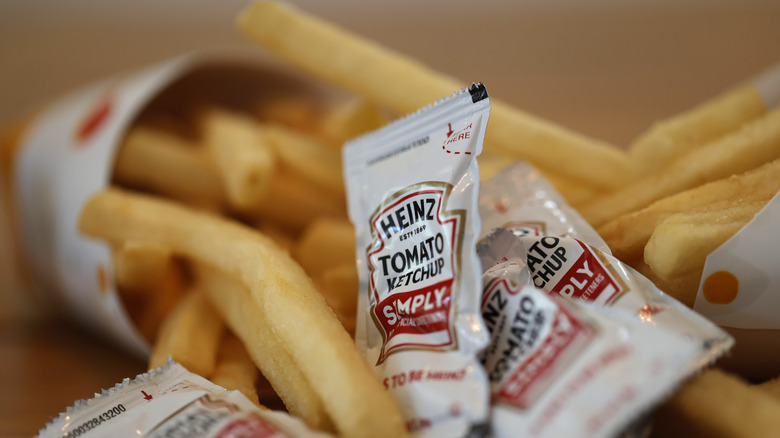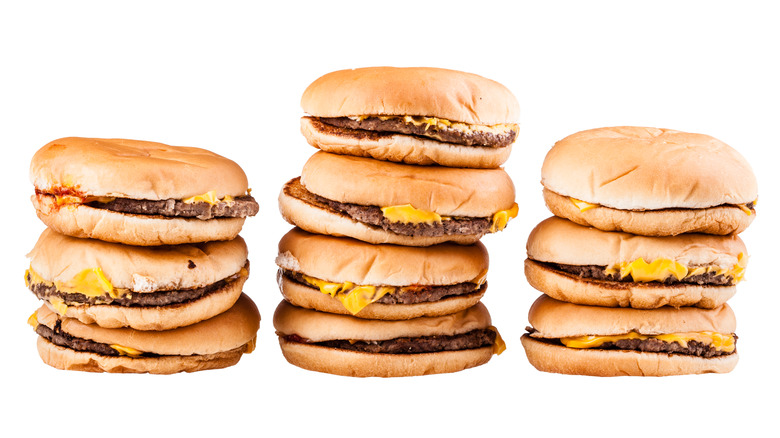New Study Shows Junk Food Ads Are Targeting Children Of Color
In 2010, the Los Angeles Times shared a report from Yale University's Rudd Center for Food Policy & Obesity that featured marketing data from 12 major fast-food chains in the U.S., including nutritional information in thousands of kids' meals. Among many unsavory discoveries about the industry, the report found that Black American children and teens were exposed to fast-food ads "at least 50%" more often than their white peers. Over the years, the Rudd Center has continued to reexamine that data. In November 2022, the nonprofit's Food and Policy Health branch at the University of Connecticut found that 19 big U.S. food companies allocate upwards of $1 billion of their ad budgets to Black and Hispanic consumers, pushing "high-calorie, low-nutrient products" like candy and fast food.
In its 2021 report, the nonprofit found that Black children, teens, and adults viewed "up to 21%" more food and beverage commercials than their white peers, "despite overall declines in ad spending and TV ad exposure." The report also found that food companies spent 33% more on Spanish-language TV in the U.S. between 2012 and 2019.
Disparities in ad exposure reveal broken food system
For every fast-food ad viewed by a white child or teen, their Black counterparts are likely seeing three times as many, Sonya A. Grier of American University told Vice. "Black youth see things heavily targeted to them as a youth, plus things targeted to them as Black youth, and then things targeted to Black adults in general — since we know kids always look aspirationally at what adults are receiving," she says.
There are a host of systematic issues at play that put Black and Hispanic consumers in the direct line of sight of unhealthy food ads, which is all the more disturbing considering those demographics are at a higher risk of health problems like heart disease, which are exacerbated by salty, processed foods. According to a 2018 report from the U.S. Department of Health & Human Services, Black Americans are 60% more likely to be diagnosed with diabetes than non-Hispanic white adults.
Wage gaps also play a huge role. Citing data from the U.S. Census Bureau and the U.S. Department of Agriculture, American Progress notes that Black and Hispanic families "consistently experience crisis-level rates of poverty and food insecurity, especially when compared with their white counterparts." Fast food is cheap, and advertisers know that predominantly white, higher-income families are less likely to reach for fast food when they have access to healthy options.

